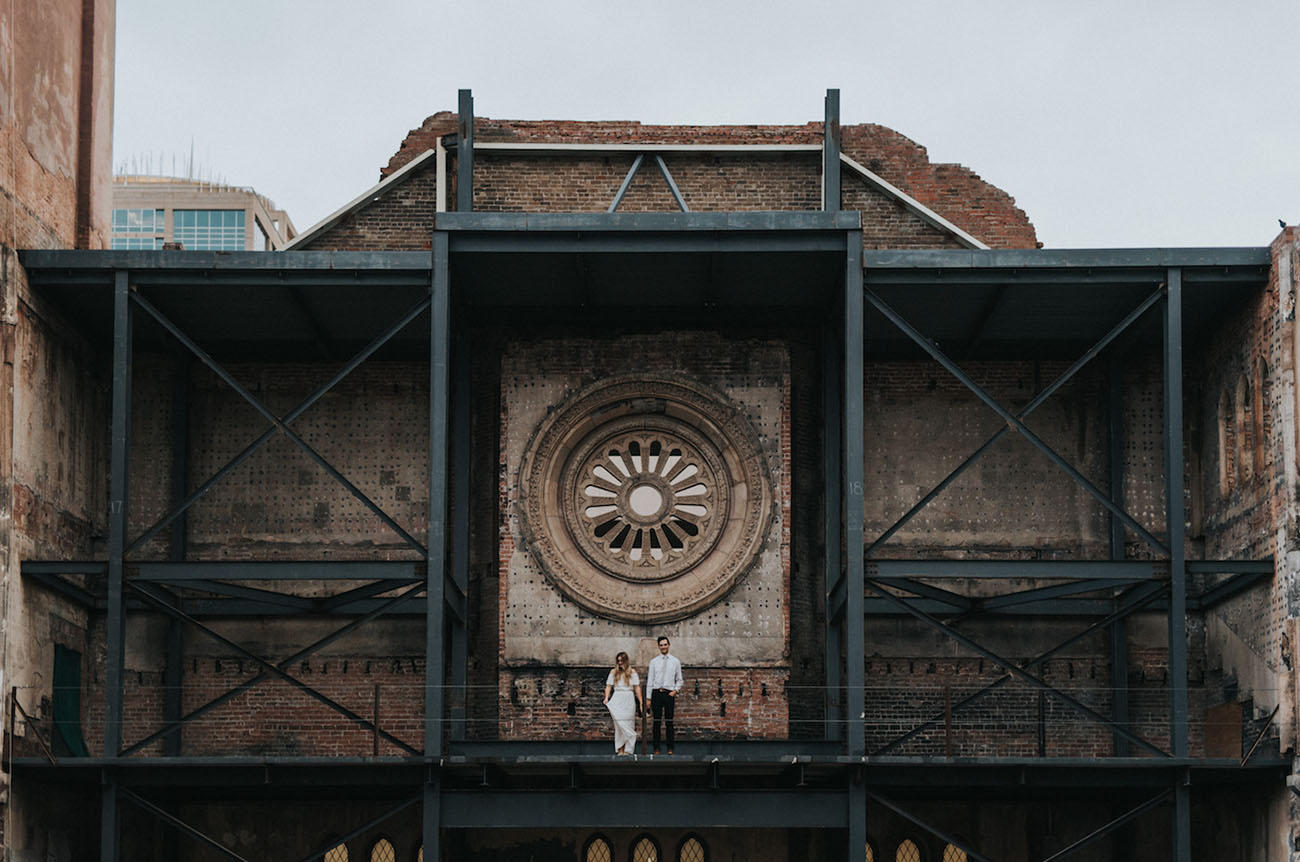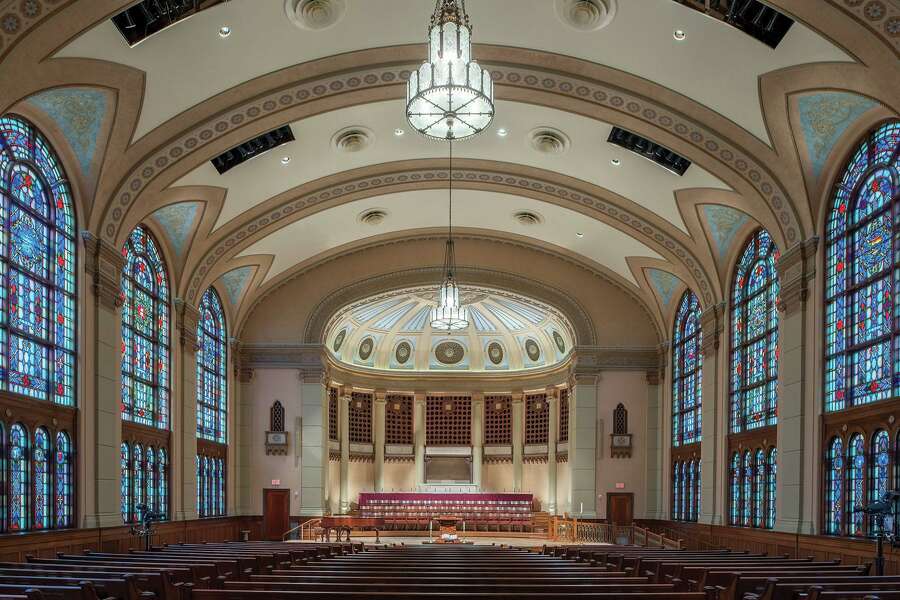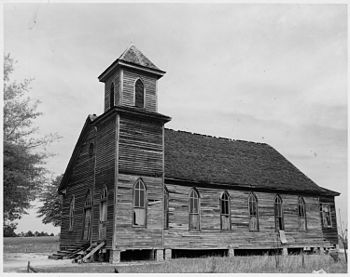1930 Church Roofs Inside

Lead as well as copper covered roof surfaces where wood tile or slate shingles were inappropriate because of the roof s pitch or shape.
1930 church roofs inside. A timewarp home which has remained unchanged since the 1930s is up for sale complete with original features including stained glass windows oil fired central heating and retro jars of popular food. But more often lead was used for protective flashing. Interlocking shingles worked well on the rolled eaves of cottage style houses 1930s and 1940s where they evoked thatched roofs fi gure 4. According to the university of nottingham there are more than three million 1930s properties in the uk and in nottingham we have many based in the city and across the region typically in west.
Another church closely resembling the church of the transfiguration is the church of saints peter and paul in kozhevniki. Church in architecture a building designed for christian worship. Copper with standing seams covered some of the more notable early american roofs including that of christ church 1727 1744 in philadelphia. Inside the 1930s house on sale for 230 000 that hasn t changed for 80 years.
During the 1930s and 1940s. The church windows are more detailed the niches deeper and the dome seen in larger cathedrals is augmented by a pitched roof. Nave central and principal part of a christian church extending from the entrance the narthex to the transepts transverse aisle crossing the nave in front of the sanctuary in a cruciform church or in the absence of transepts to the chancel area around the altar. Lead as well as copper covered roof surfaces where wood tile or slate shingles were inappropriate because of the roof s pitch or shape.
But more often lead was used for protective flashing. In a basilican church see basilica which has side aisles nave refers only to the central aisle. Copper with standing seams covered some of the more notable early american roofs including that of christ church 1727 1744 in philadelphia. The complex shapes had ears catches and slits that interconnected with the shingle course below to create a basket weave pattern.
Originally the house may have had a typical flat roof style but it has since been redone with a pitched roof. It was constructed in 1406 and the primary difference is in building material. The plan generally included a nave q v or hall with a flat timber roof in which the crowd gathered.
















































